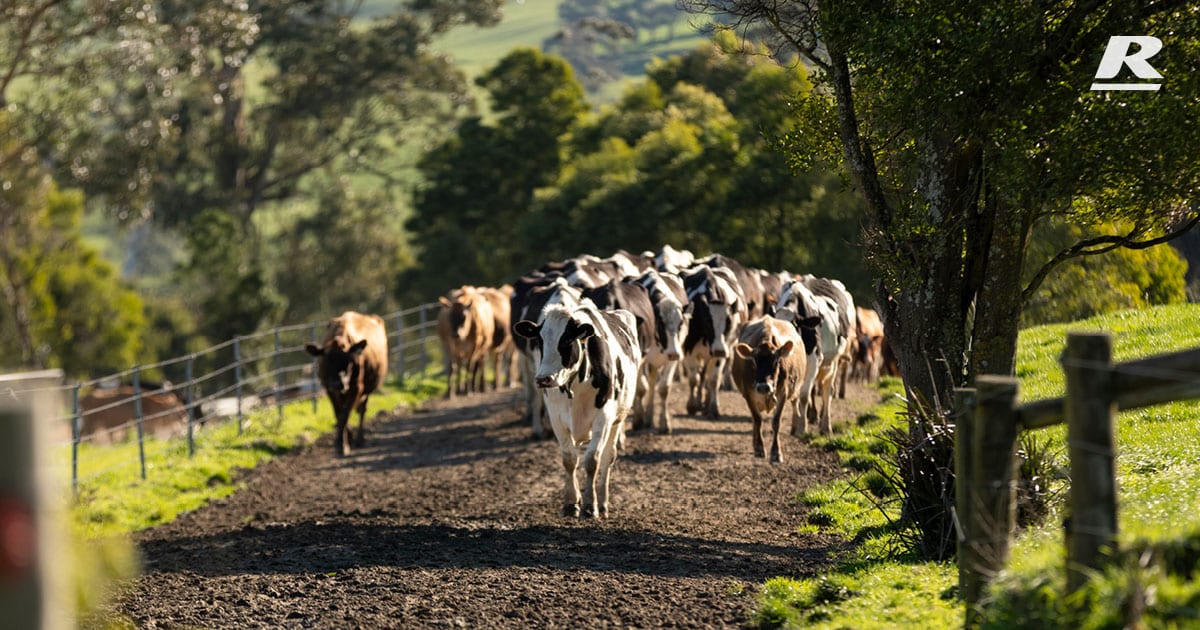Planning your fodder strategy for a productive future
As we approach the 2023/24 season and lay the groundwork for 2024/25, constant planning and assessment are crucial for ensuring a productive harvest. Here’s a blueprint for understanding and improving your silage strategy.
Key Considerations:
By addressing these foundational questions, we pave a clear path forward, ensuring every step is taken with purpose and insight.
- True surplus silage: Are you genuinely producing surplus silage or limiting cows in order to generate it?
- Integration with farm plan: How does silage align with your broader farm strategy? Consider the planned usage and the stock class in question
- Purpose of silage: Understand your goals. Are you aiming for production or merely gut-fill? This distinction determines the quality of silage for which you should be planning.
- Home-grown feed utilisation: Assess the amount of home-grown feed you’re using and strategise ways to boost utilisation rates.
- Cost evaluation: Compare the true cost of producing different quality silages. What would be the true cost, if not done correctly, to alternative feed options. Which provides better value?
- Rotation check: Examine your current pasture rotation and feed utilisation, Is it efficient? Can adjustments improve pasture utilisation and allocation?
- Addressing wet/damaged paddocks: It’s essential to identify and rectify damaged paddocks. Using a farm map with colour-coded highlighters while also adding a timeline for corrective actions can help track areas needing corrective action to ensure high-quality silage production.
- Preparation: Whether you’re handling silage yourself or hiring contractors, ensure everything from machinery to storage maps are in order.
- Alternative plans: prepare alternative plans eg Plan A , Plan B and Plan C to deal with which forage to cut and how to store it
- Plan early: timing is crucial and planning well in advance to notify your rep and get your feed tests done means you can do it at an optimum time.
Boosting fodder yield and quality
As we optimise our agricultural practices, it’s paramount to focus on enhancing both the yield and quality of our fodder. This doesn’t merely translate to more feed but ensures that everything ingested by our livestock contributes effectively to their nutrition and overall health. Below, we outline essential strategies to elevate your fodder game, ensuring you achieve the best from your paddocks and give the best to your animals.
- Grazing strategy for Pasture ryegrass: Pre-graze pastures around the 2.5 leaf stage (between 2-3), before canopy closure, and post-graze to roughly 1500kg/DM/day to minimise damage ie 4-6 centimetres from base of plant.
- Encourage daughter tillering (ie growth of small tillers from the base of the main plant): Optimum grazing residuals ensures optimal tillering opportunities, crucial for future growth and quality,, and allowing the plants to thrive.
- Optimal paddock selection: Use “clean”, well-managed paddocks for cutting, ensuring highest-quality fodder conservation opportunities.
- Paddock prep: Ensure the paddock is free from debris such as rocks, check perimeter fencing for loos wire and check all maintenance is done.
- Soil quality: check soil moisture and make sure that the ground is dry enough for the larger machinery to drive over. This is important in preventing any potential costly damage from machinery to the silage eg if the soil is too wet mud from the machinery can impact the silage
- Engage contractors early: If using contractors, discuss requirements, and have them evaluate potential paddocks well in advance if possible. This includes storage areas.
- Weather monitoring: Keep an eye on forecasts. Weather conditions can offer unexpected opportunities for silage production.
Quality over quantity: Ensure your silage is grazable even if unforeseen circumstances hinder silage production. Quality fodder will always be beneficial for your livestock. - Fertiliser strategy: Timely application of the right amount of fertiliser boosts growth, ensuring a dense pasture for the coming seasons.
- Check stage of plant reproduction: Ensuring that the growth point of the plant is below mower cutting height allows for regrowth and ensures pasture quality.
A well-conceived silage strategy remains a cornerstone of livestock health and farm profitability. Beyond the mere quantity, the nutritional value and quality of silage have far-reaching impacts on livestock vitality and productivity. It’s essential to remember that every choice made today lays the foundation for tomorrow’s harvest and yield. By investing time in planning, assessing, and adapting, farmers can ensure not only a bountiful season but also nurture a sustainable ecosystem that benefits both livestock and the land. As we look forward to the upcoming seasons, making every decision with foresight ensures a future where our paddocks flourish and our livestock thrives.
To find out more about the best animal feed or health management strategy for your herd, give us a call and have a chat to one of our nutritionist on 1300 REID FEED or enquire here >
Author
Chris Moutray
Sales & Nutrition Account Manager
